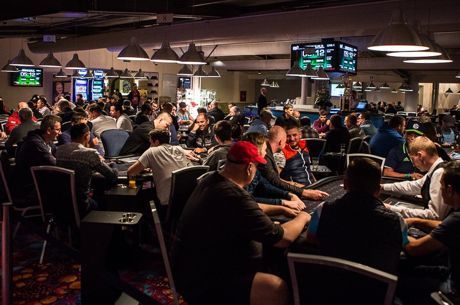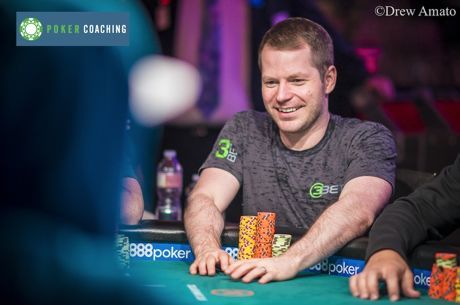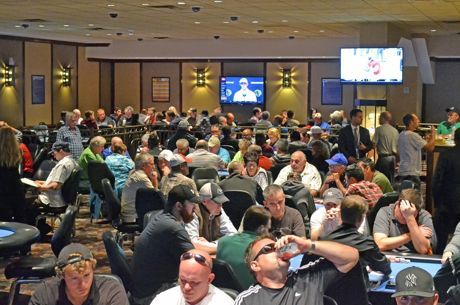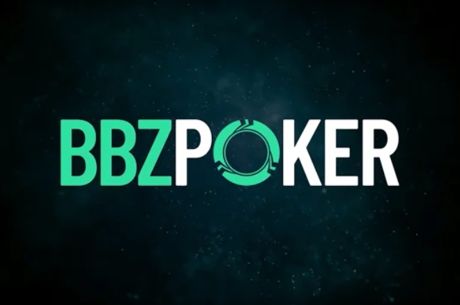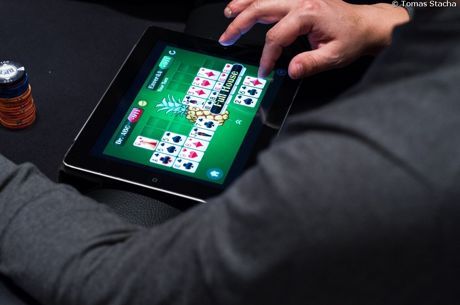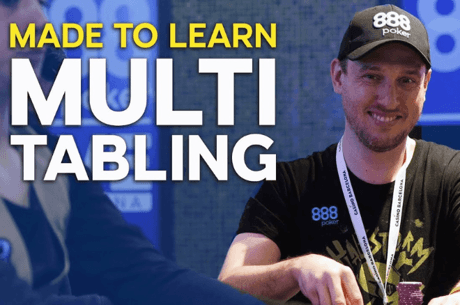What Not to Do Online: Bluffing Into Strength
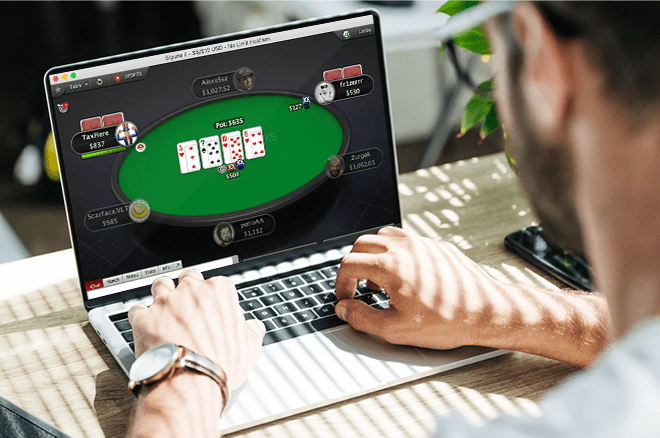
Turning a made hand into a bluff is sometimes a good idea, particularly when the board has rolled out in a way that causes your made hand to become not worth too much.
But holding a now-useless hand is not in itself enough reason to bluff! When your opponent has shown considerable strength, you have to be able to put the changes in the board texture into a proper context.
The following hand played at the 100NL online tables illustrates just such a situation.
Cold-Calling Twice vs. Shows of Strength
With the blinds $0.50/$1, a recreational player opened to $2 from middle position, then a regular who was just starting his session three-bet to $8 from the cutoff. Another recreational player, in the middle of having a good day, cold-called from the small blind, and getting a good price the initial raiser came along as well.
The three players saw the flop come a coordinated Q?10?8?, one that should connect well with the two players who called the cutoff's three-bet.
After the small blind checked, our initial raiser bet out small, a stab of $6.65 into the $25 pot. The three-betting regular in the cutoff immediately raised to $28.30. Clearly he also had hit that flop.
I say that because the cutoff is unlikely to make this play with air. For value, he has K-K and better and his semi-bluffs might include K-J, A-J, and flush draws. Though A-K might seem a bit of a enterprising bluff in this spot, just calling with A-K is not that appealing given the third player behind.
Turning our attention back to the small blind, remember he cold-called the three-bet preflop, leaving the action open when doing so. That suggests strong hands, many of which �� like Q-Q, J-J, T-T, and A-Q-suited �� connect well with this flop. So it isn't that surprising that the small blind cold-called this flop raise, too, even though that is a rare action in and of itself.
On the other hand, this is a recreational player who may not have had the snuggest ranges we would expect from a straightforward regular. (The relevance of all this will become clear shortly.) The initial raiser who had taken that small stab on the flop folded, leaving the others heads-up to the turn.
Turning Your Hand Into a Bluff
The turn card was the exciting 9?, making the board Q?10?8?9? and completing a straight for any jack as well as bringing in the flush. With about $88 in the middle, our
out-of-position recreational player decided to move all in on this card for $64 effective.
Now if the flop-raiser was semi-bluffing the flop, he would have certainly improved on this turn. A-J gets there, K-J gets there, and a flush draw really gets there. So those hands are all obviously calling on this card.
If the flop raiser had strong value like Q-Q or T-T, it is unlikely he will get away from the price often, though he very well could possibly look at the situation, count his outs as 10, and fold. But the all-in bet is not even the size of the pot, so he does not even need 30 percent equity to call it off with Q-Q here. Bluffing top set is hard to do.
So what might fold? Well, dry aces (without the A?) and dry kings make the most sense. It turns out, however, our bluffer had 10?9?, and was, in fact, ahead of those hands, and would have been quite far ahead of A?A? �� nearly 80-20.
Meanwhile the type of hand he is most likely to bluff out �� pocket tens, top two pair �� he himself blocks and thus renders less likely.
Lessons on Lessons on Lessons
Sometimes you just cannot win the pot. The thought process here is, perhaps, a scare card came on the turn and my made hand is not worth much. But the thing the small blind with 10?9? is missing is that K?K? is getting a price to call and a ton of hands beat him already. So he does not deny equity to those few hands against which he is a slight favorite, and he gets it in with only four outs far too often. (Against Q-Q he is dead, of course.)
Sure, by shoving he does not get bluffed by A-K with a club, but against just about every other hand it puts him in peril. His preflop range and flop range will arguably have smashed this board so often that he does not need to turn any hand into a bluff at all.
In this case the villain called with K?10? and had the small blind in very bad shape indeed, and the river didn't save him. As it turned out, the cutoff had signaled he had a strong hand on the flop with his raise, and he still had it on the turn.
A draw coming in does not mean a turn card is a scare card, unless you can think of a reason your opponent cannot have had a draw.

